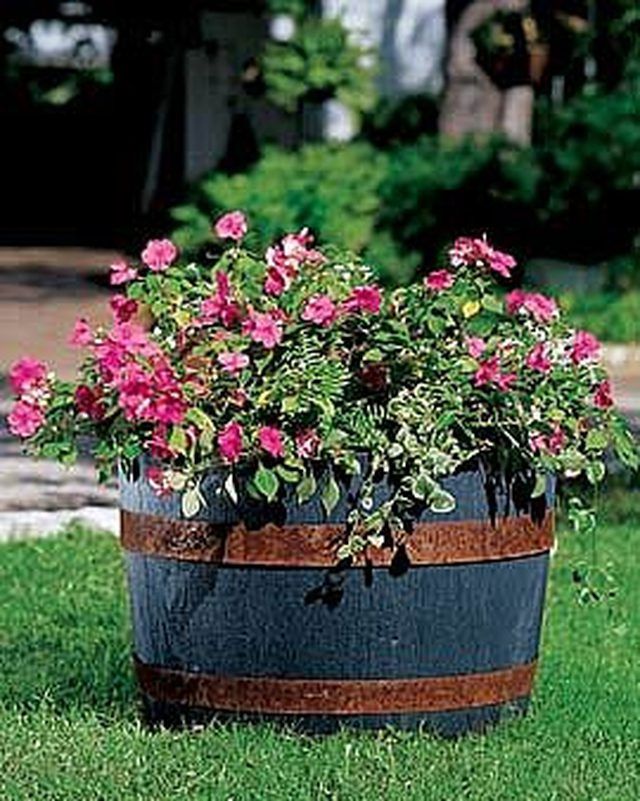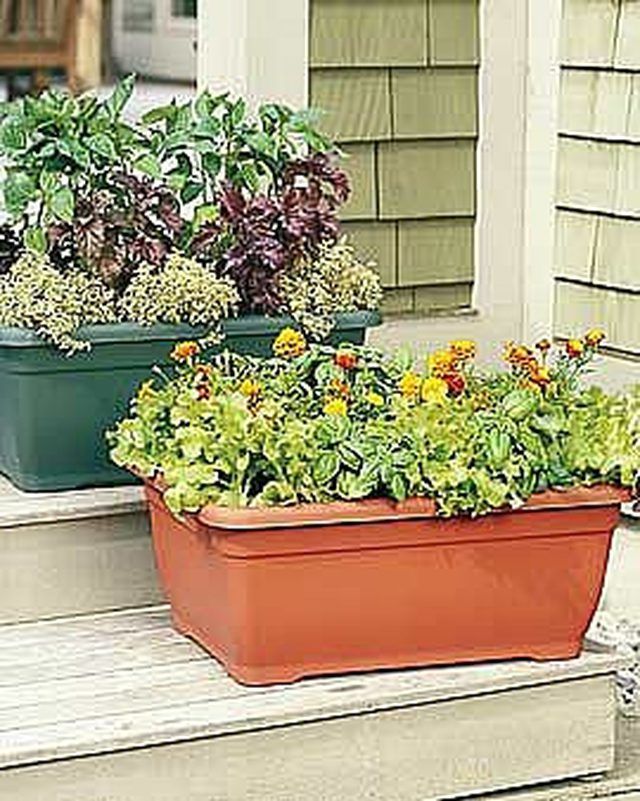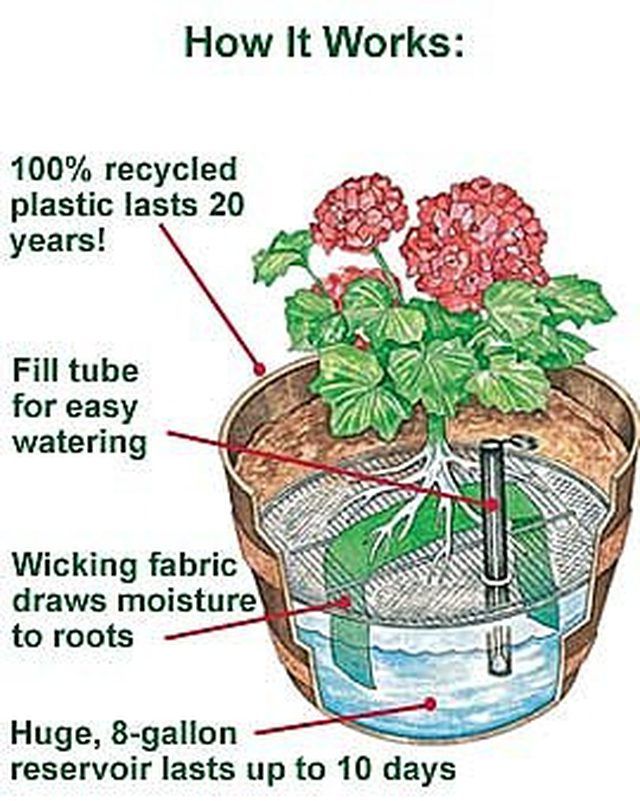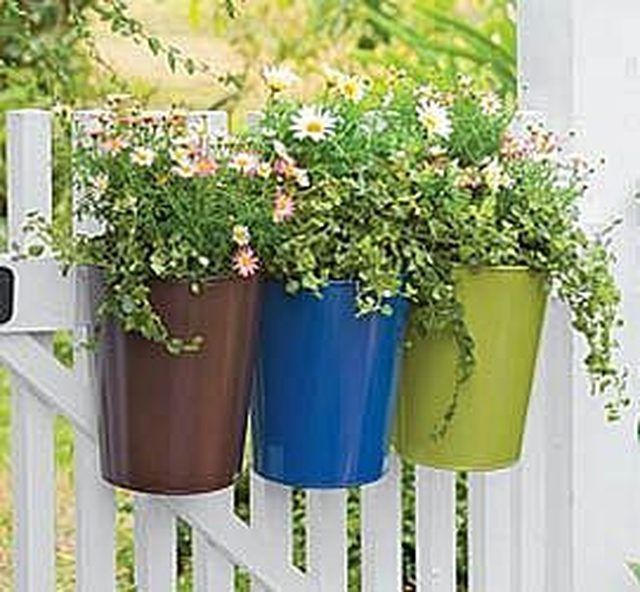Bulbs
Flower Basics
Flower Beds & Specialty Gardens
Flower Garden
Garden Furniture
Garden Gnomes
Garden Seeds
Garden Sheds
Garden Statues
Garden Tools & Supplies
Gardening Basics
Green & Organic
Groundcovers & Vines
Growing Annuals
Growing Basil
Growing Beans
Growing Berries
Growing Blueberries
Growing Cactus
Growing Corn
Growing Cotton
Growing Edibles
Growing Flowers
Growing Garlic
Growing Grapes
Growing Grass
Growing Herbs
Growing Jasmine
Growing Mint
Growing Mushrooms
Orchids
Growing Peanuts
Growing Perennials
Growing Plants
Growing Rosemary
Growing Roses
Growing Strawberries
Growing Sunflowers
Growing Thyme
Growing Tomatoes
Growing Tulips
Growing Vegetables
Herb Basics
Herb Garden
Indoor Growing
Landscaping Basics
Landscaping Patios
Landscaping Plants
Landscaping Shrubs
Landscaping Trees
Landscaping Walks & Pathways
Lawn Basics
Lawn Maintenance
Lawn Mowers
Lawn Ornaments
Lawn Planting
Lawn Tools
Outdoor Growing
Overall Landscape Planning
Pests, Weeds & Problems
Plant Basics
Rock Garden
Rose Garden
Shrubs
Soil
Specialty Gardens
Trees
Vegetable Garden
Yard Maintenance
How to Use Self-Watering Planters
How to Use Self-Watering Planters. Gardening in planter containers can add ambience to patios and balconies, create interest in the design of a landscape or offer the opportunity to grow a garden in a space that would otherwise be too small. But one of the reasons many people avoid growing plants in containers is because it is so easy to...

Gardening in planter containers can add ambience to patios and balconies, create interest in the design of a landscape or offer the opportunity to grow a garden in a space that would otherwise be too small. But one of the reasons many people avoid growing plants in containers is because it is so easy to accidentally allow them to dry out. This is where it helps to use self-watering planters.
Self-watering planters can come in an assortment of styles, sizes, forms and materials to fit any taste or decor. Whether you use a single pot, design a whole grouping of containers, or opt for large planters, you can grow flowers, vegetables or houseplants even if you are occasionally forgetful of watering. You DO have to remember to keep the hidden water reserve filled, however.
You can find pots made of ceramic, plastic, vinyl, terra cotta, stone, wood or metal. Most of these pots function on the principle of water being retained in a reservoir to keep soil moist between waterings. They can be arranged to create any design you want and can be used successfully both indoors and outdoors.

Larger planters can come in the form of basins, half whiskey barrels, metal tubs or other shapes. You can even cover your planter with a basket, paint or fabric to dress it up.
Or you might consider building your own self-watering planter by following the same design as the manufactured containers. The basic design varies from one container to the next, but you simply want to have a chute that introduces water directly into a reservoir at the bottom of the pot. The water source is separated by a perforated layer that keeps soil and most of the roots out of the water, but allows the roots to drink if the upper soil dries out too much.

For more information on how to find and use self-watering planters, please check the Resources below.
